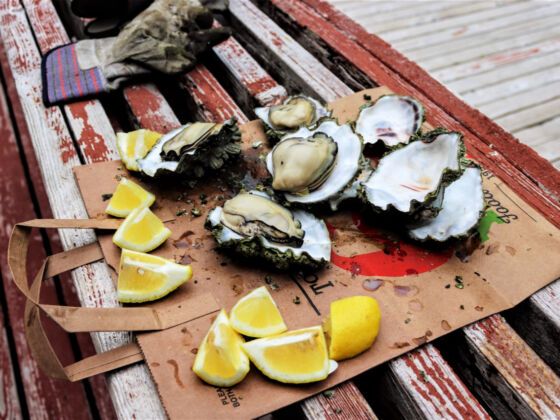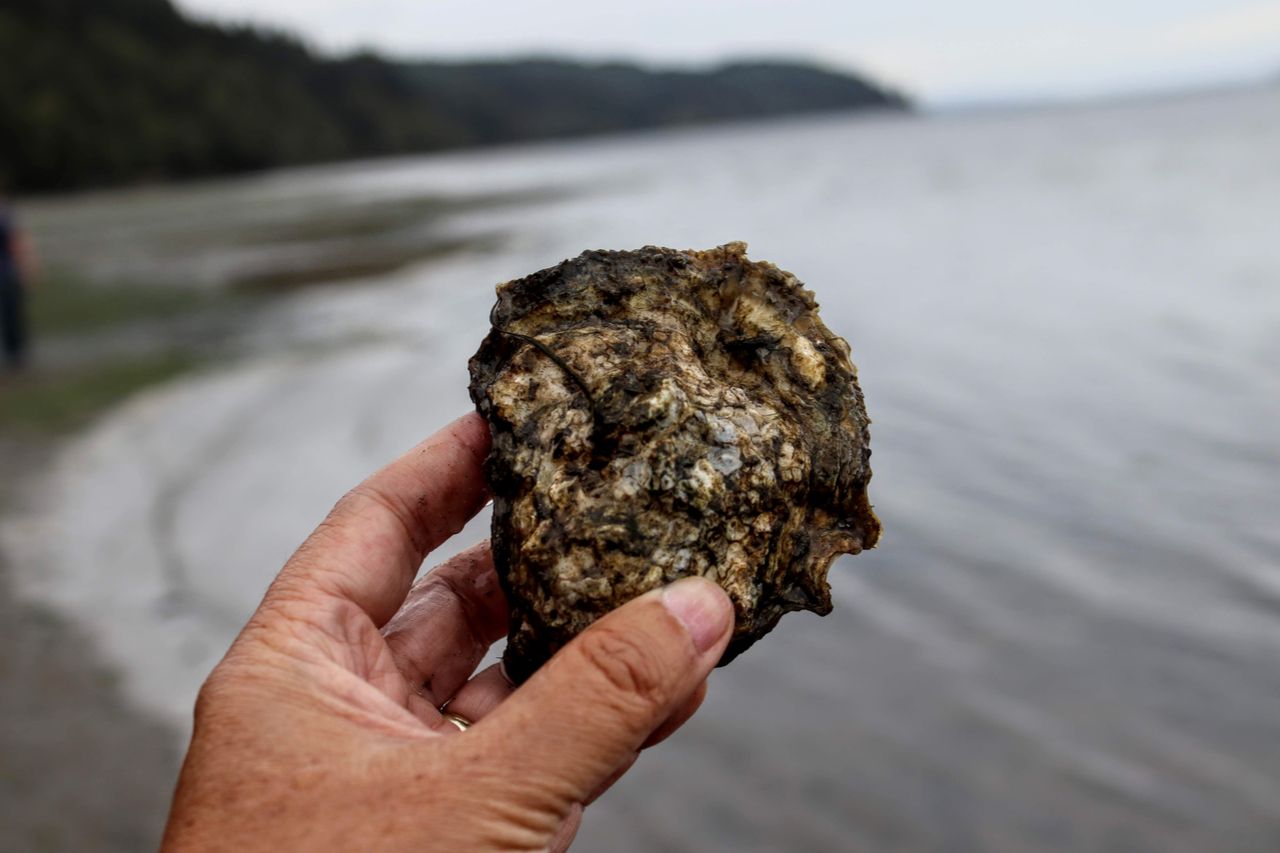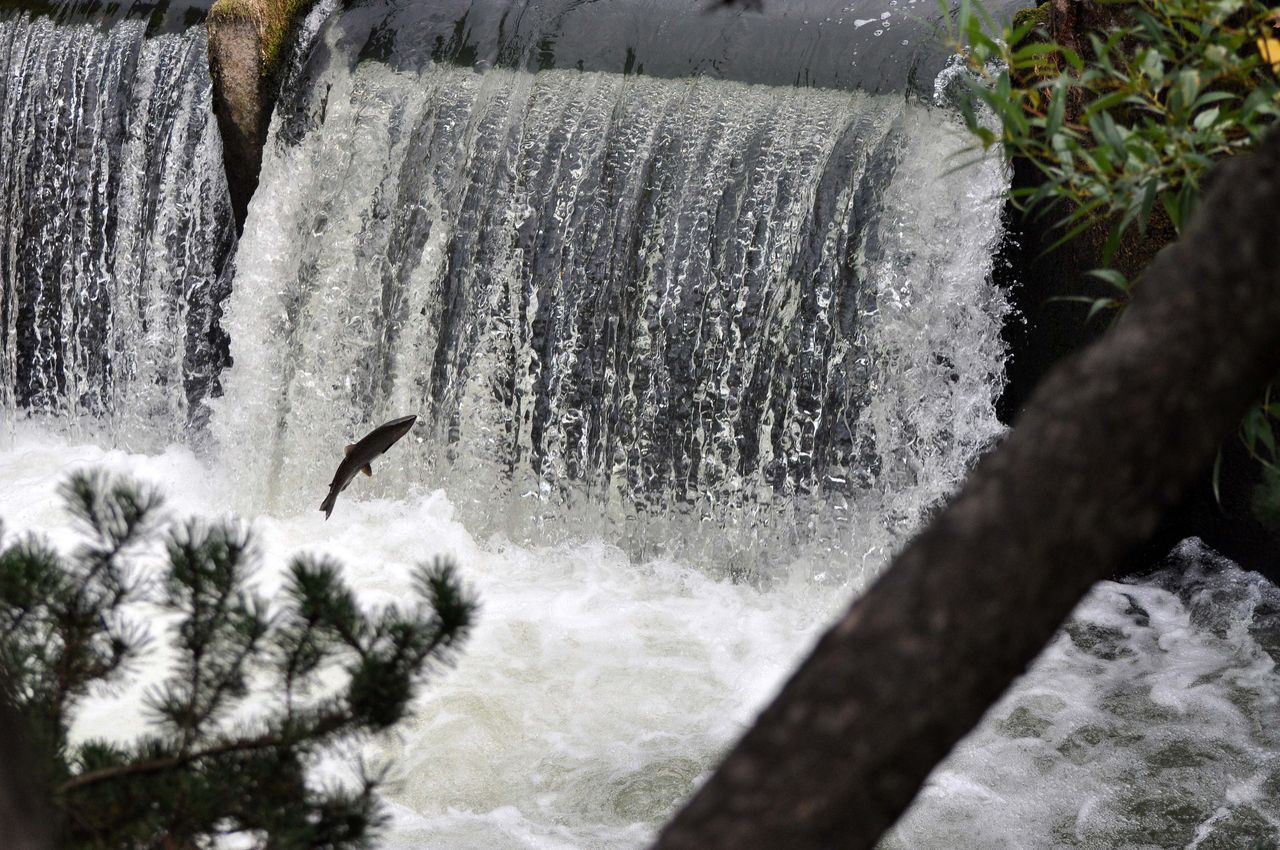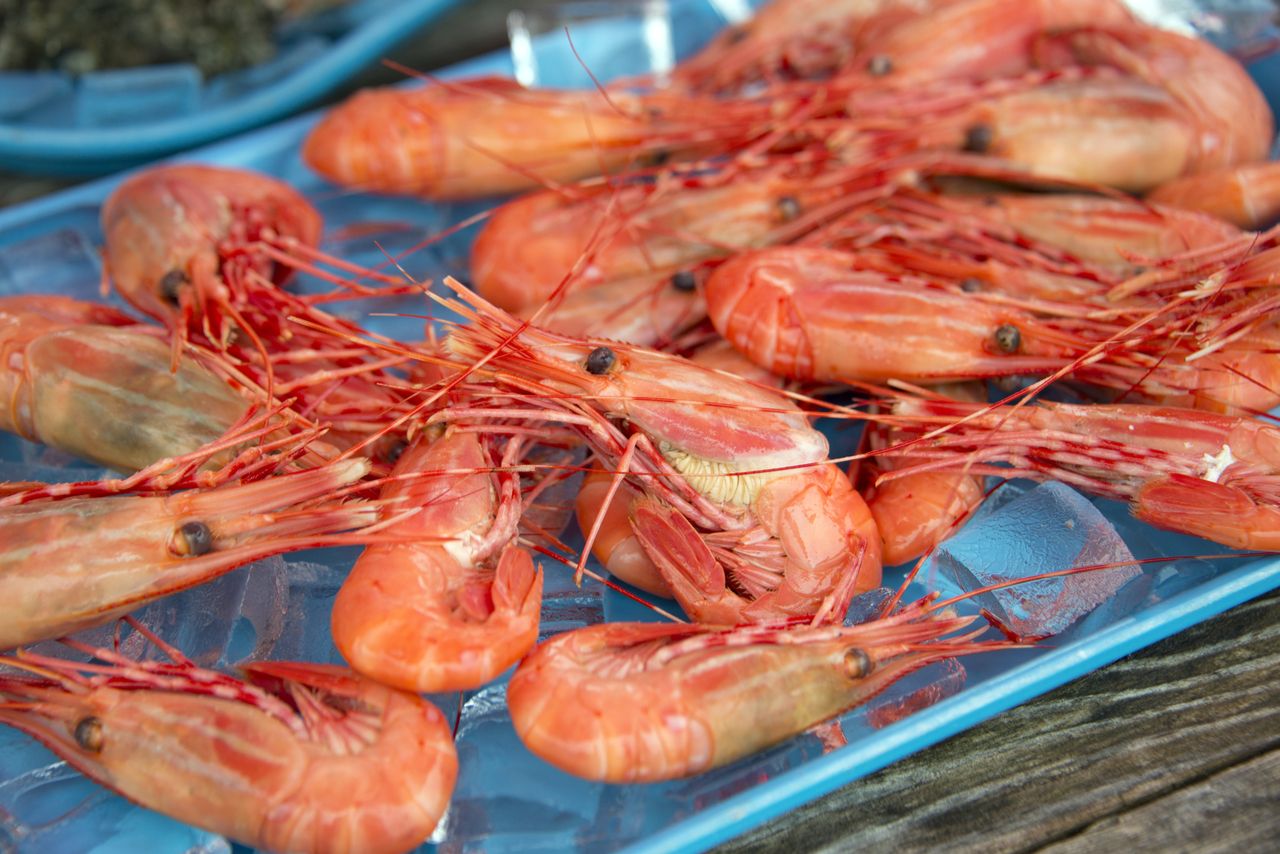To characterize Washington state as an Eden and one of the remaining natural paradises left in America would not be an exaggeration. Indigenous people that lived all over the state, but especially near the Salish Sea off the northwest coast, formed a spiritual relationship with salmon and orca whales, kicking off a long tradition of reverence for the waters surrounding Washington.

All the Essential Stops on a Seafood Tour of Washington State
Today, these tribes still serve as stewards of the land and sea and practice sustainable hunting and fishing. Thanks primarily to the advocacy of Indigenous people, Washington has protected and preserved its lush forest, sea, and beach environments. Both locals and visitors can revel in the splendor of Washington’s abundant natural resources, and one way to experience this is through seafood.
Seafood is plentiful in the waterways around Washington, from the fjords of Hood Canal and the San Juan Islands, down to Olympia, Washington’s state capital. Prawns, shrimp, oysters, scallops, salmon, and Dungeness crab are all accessible to fish, forage, buy, and eat at restaurants all over the state (this handy guide will show you when each one is in season and where to find it).
According to the University of Washington, the abundance of seafood in the state is “almost unparalleled throughout the world.” It accounts for a big chunk of the state’s economy too. According to the Pacific Shellfish Institute, “Washington State is the largest producer of hatchery-reared and farmed shellfish in the US, with more than 300 farms accounting for 25 percent of the total domestic production by weight.”
Harvesting mussels, oysters, clams, and geoduck (a local type of giant saltwater clams) is a beloved pastime among Washingtonians. It’s also one way that newcomers can interact directly with the wildlife that resides there, even if they end up grilling it up on the beach after a long day digging or boating.
Good old-fashioned seafood restaurants abound in Washington, too, for those folks who prefer to take in the mountain views and the rhythmic sound of the waves lapping against the beach while someone does the cooking for them. Though people from Washington famously enjoy an active, outdoor lifestyle, who could deny the pleasures of a platter of oysters and chilled bottles of sparkling wine.
All this is to say that, for dedicated seafood lovers, Washington is a bucket-list destination. From Hood Canal to beaches all over Puget Sound, these are the essential stops on a seafood tour of Washington state.
For oysters: Hood Canal

Photo: Roaming Panda Photos/Shutterstock
Hood Canal is a maze of protected inlets and shorelines that, by some accounts, produce the “quintessential Washington State oyster.” Formed 13,000 years ago, Hood Canal is technically a fjord, and it’s teeming with oysters, shrimp, clams, crabs, seabirds, and every known species of Pacific salmon and trout.
Clear, ice-cold water — runoff from glaciers in the mountains — constitutes the ideal habitat for Hood Canal’s primarily beach-grown oysters. Wave patterns harden the shells, and imbue the oysters with their signature flavor, sometimes described as briny or kelpie.
A two-hour drive or ferry ride from Seattle, Hood Canal offers clear views of the Olympic mountain range and is peppered with oyster beds where adventurers can harvest their own catch, in places like Belfair State Park, Potlach State Park, and Duckabush Public Tidelands, among many other beaches in the region, as long as you have a shellfish license. Some Washington-based companies, like Human Nature Hunting, offer shellfishing courses where you learn how to identify, dig up, shuck, and grill up your own oysters right on the beach.
For newcomers to the area who would rather experience oysters in a serene and majestic environment overlooking the tidelands of Hood Canal, there are two must-try oyster bars on Hood Canal, no exertion required.
The first is Taylor Shellfish Seafood Market in Shelton, where the specialty is Shigoku and Totten Inlet Virginica oysters. At the market, you can pick up fresh shellfish to shuck at home or a beach-front picnic.
For a sit-down experience, check out Hama Hama Oyster Co., a fifth-generation family-run shellfish farm in Lilliwaup. According to the company, their claim to fame is the oyster beds, located at one of the mouths of one of the least developed rivers in Washington. At the farm’s on-site Oyster Saloon, each reservation comes with 24 oysters, a private picnic table, and blankets if it gets chilly by the water.
If you’re staying on Hood Canal, perhaps in search of an oyster shucking adventure, wilderness lodges like Robin Hood Village Resort and Alderbrook Resort & Spa can provide guidance on the best areas for harvesting oysters. At Mike’s Beach Resort, also located in Lilliwaup, guests can stay on an active oyster farm, Olympic Oyster Co., where they can harvest oysters on the resort’s private beach.
For salmon: Olympia

Photo: SNC Art and More/Shutterstock
Olympia is best known as the state’s capital, and its downtown area has a reputation for being a bit drab. It’s time to toss those preconceived notions though because the city is also one of the best places in the state to witness Washington’s phenomenal salmon run. At the end of August into the first few weeks of September, the waters surrounding Olympia fill with salmon returning home to spawn in the rocky river beds where they were born. The best place to watch is the 5th Avenue Dam, where you’ll see bald eagles hoping to snatch a leaping salmon from the river circle overhead while seals chase the salmon run hoping for a snack of their own.
Ten miles west of Olympia, you’ll find the Kennedy Creek Salmon Trail, known locally as the premier spot to watch Chum salmon spawn. About seven minutes away from Olympia, Tumwater Falls Park offers a looping trail and salmon ladder for easily accessible views of the salmon migration.
If you’re more looking to eat salmon in Olympia than watch them, there are a few important places to try. The Olympia Seafood Co. stocks all kinds of seafood, including wild salmon, lobster, and Alaskan King crab and Dungeness crab. You’ll also find prawns, halibut, and scallops at the market. This buffet seafood is meant to be cooked at home — the perfect option for the tourist who is a keen home cook. Another seafood restaurant in the area, Olympia Oyster House, offers a family-style salmon dinner.
It’s also important to acknowledge that the Indigenous people from the Pacific Northwest are intimately connected to salmon as a source of nourishment and spirituality. In fact, many tribes living on the Salish Sea refer to themselves as “the salmon people.”
There are two places outside Olympia where visitors can pick up salmon sourced and prepared by Indigenous peoples of the Pacific Northwest. The first is the Take Home Fish Company in Neah Bay, the home of the Makah Tribe, located in a tiny shack where a man named Kimm Brown smokes wild salmon filets. The other is Quinault Pride Seafood, in Taholah, where salmon is sourced sustainably from Quinault Indian Reservation on Washington’s Olympic Peninsula. The tribe founded the company to support the continued livelihood of the Quinault people economically, and the shop itself carries smoked, fresh, and canned salmon.
For crab: Bow

Photo: Max Lindenthaler/Shutterstock
Dungeness crabs are a Washington state delicacy found all over Puget Sound. These chunky crustaceans weigh a hefty two pounds each, and its sweet flavor characterizes the delicate meat. Seafood enthusiasts visiting Washington are likely to find crab in restaurants all over the state, but the small town of Bow, which overlooks the Samish Bay, stands out.
In Bow, you’ll find Taylor Shellfish Farm’s Samish Oyster Bar and Shellfish Market, which is the premier place to pick up Dungeness crab legs, scallops, and oysters that you can grill at home or on the beach. The market features a first-come, first-serve waterfront picnic area where you can grill your purchase just moments after buying it.
Meanwhile, the legendary Chuckanut Manor Seafood & Grill features exquisite views overlooking Samish Bay and the San Juan Islands. The menu features all seafood, of course, but two specialties are the Dungeness crab cakes and whiskey crab soup. Order the Manor Oscar for a decadent platter of filet mignon and a whole Dungeness crab. This upscale dining experience solidifies Washington state as one of the best places in the country to enjoy Dungeness crab, and its proximity to one of the most spectacular views in the state will leave you weak in the knees. But it’s hardly the only place to offer such delights. The nearby Oyster Bar on Chuckanut Drive offers similar views of the San Juan Islands and a menu that highlights crab.
For clams: Puget Sound

Photo: Lindsay Snow/Shutterstock
While there are many seafood dishes best enjoyed in restaurants, clams are not one of them. To truly understand Washington’s relationship to clams, you need to head to the beach and dig them up yourself. Considered one of the most family-friendly traditions in the state, clamming is easily accessible, safe, and fun — if you don’t mind getting dirty. The damp, sandy beaches of Washington state require rubber boots, gloves, shovels, and a healthy appreciation for mud and seawater.
Anyone familiar with Washington knows that Puget Sound covers a vast area, but the truth is, there are beaches scattered all over the region that accommodate clamming. The Washington Department of Fish and Wildlife (WDFW) features an easy-to-navigate guide, where you can search for beaches where clamming is open. The guide also offers a chart that will help you identify available species. The website also innumerates clamming daily limits — usually around 40 clams per person.
The clamming season occurs between late fall through early spring, so it will be chilly, and the likelihood of rain is high. But it’s worth getting a little damp to experience this beloved Washington tradition — just wear a coat.
For shrimp: San Juan Islands

Photo: Modern Meta Photography/Shutterstock
The San Juan Islands, located in upper Puget Sound, is an archipelago of 170 islands between Washington and Vancouver Island, British Columbia. The largest and most popular islands here are Orcas and Lopez Island. These verdant islands, much of which are still wild landscapes, are majestic destinations. Whale watchers and kayakers come to spot the orca and humpback whales that pass through the San Juan Islands, but when it comes to seafood, the shrimping here is unmissable — even for the fishing novice.
The shrimping season opens on the waters around the San Juans Islands in May and typically runs until the end of June (although some areas in the Strait of Juan de Fuca are open until mid-September). The WDFW gives a detailed breakdown of what places around the San Juans and otherwise are open to shrimping).
Spot shrimps, beloved for their buttery texture and sweet and briny flavor, are abundant here and are the favored crustaceans among experienced shrimp fishers.
There are guides all over the internet that will explain exactly how to catch Puget Sound spot shrimp, the gear that you need (a shrimp pot is essential, not to mention a boat), and the best spots for shrimping. For people without the resources to put together their own shrimping expedition, companies like San Juan Charters will do all the heavy lifting for you. The company provides the license and all of the equipment — all you need to do is show up with the beverages of your choice.
While shrimping is guaranteed fun for people who prefer an active vacation, there’s no shortage of restaurants for those who just want to relax and have someone cook their shrimp for them. Vitas on Lopez Island serves shrimp cakes; Madrona Bar and Grill in Eastsound offers both grilled prawns and coconut shrimp; and Friday Harbor’s legendary restaurant Downriggers gets especially creative with its crustaceans, featuring a spicy prawn mac and cheese, and a Cobb salad topped with shrimp.